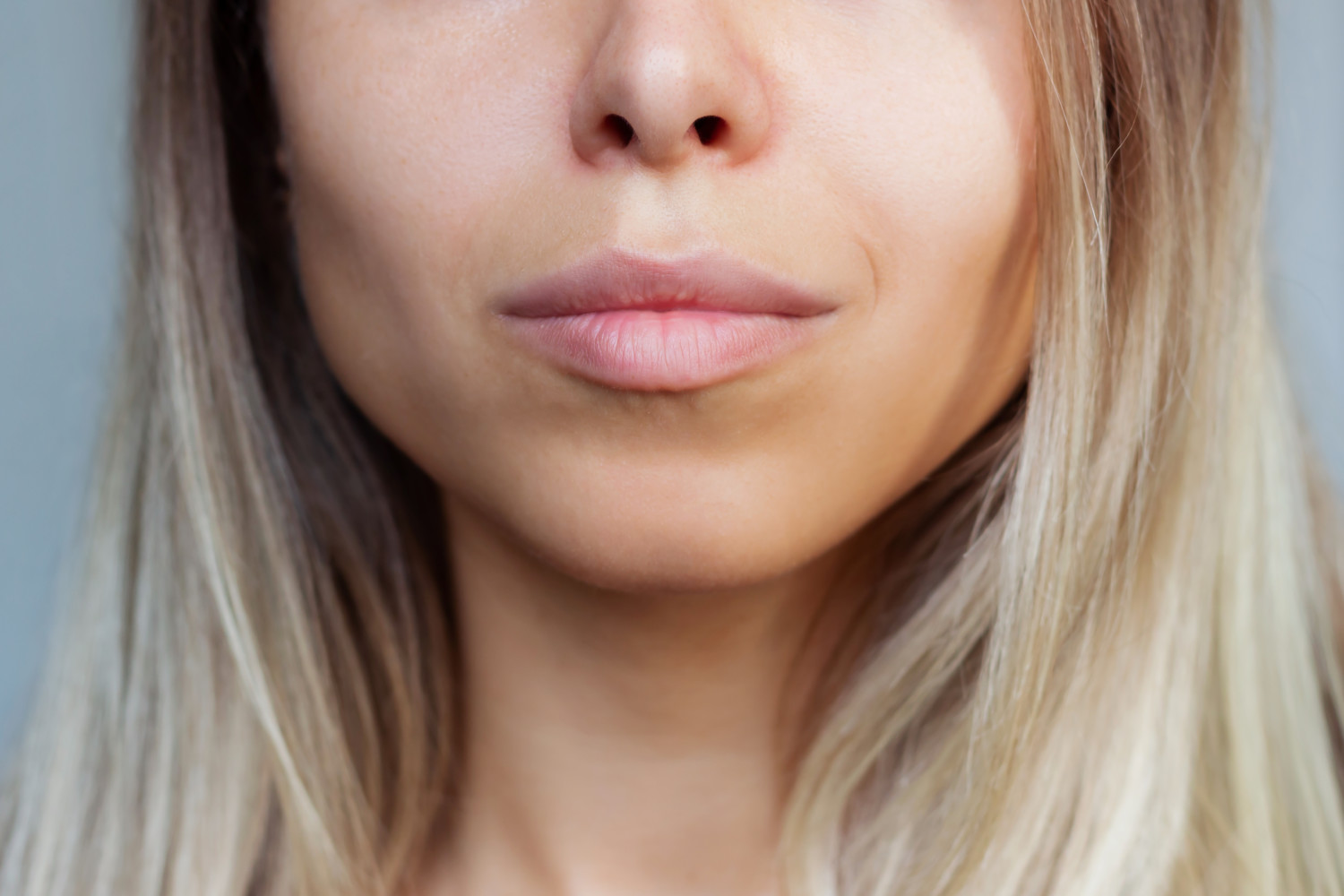While chubby cheeks may be cute on babies, they are apparently the bane of some adults’ existence. You’ve probably heard how some people get cheek implants and fillers, but others are actually removing the fat on their cheeks on purpose. It’s called buccal fat removal, and it’s sparked quite a lively debate on social media.
So what is buccal fat, exactly? Pronounced like buckle, the word “buccal” refers to the cheek area in general. Buccal fat starts near your temples and extends down to the corner of your mouth. It’s the type of fat found in the midsection of the face, which can make people look more rounded. If you’re wondering what you’d look like with less buccal fat, try looking at yourself in a mirror while sucking on a straw.
Round cheeks are often the result of genetics. Andrew Jacono, a New York City plastic surgeon, told the New York Times that buccal fat is “not affected by weight fluctuation. We’re born with how much we have.”

What is Buccal Fat Removal?
Surgically removing some of the deep facial fat compartments can give the face a more sculpted look, even more so than makeup contouring. It’s a purely aesthetic procedure to define the cheekbones that’s actually been around for years, although it’s only just recently garnered a lot of attention.
The procedure has gained traction on Twitter and TikTok because of speculation over whether celebrities like Lea Michele have had face-slimming work done. Cookbook author and model Chrissy Teigen publicly proclaimed she had buccal fat removal on her Instagram account. A quick search on TikTok or Instagram for #buccalfat or #buccalfatremoval will immediately display thousands of people’s experiences, along with numerous before and after images.
While buccal fat removal has been linked to several celebrities, some people are not enthused by its sudden spark of popularity. Jules Zucker, a music supervisor living in Brooklyn, tweeted, “What the [expletive] is buccal how are they still inventing new flaws for us.”
Babak Azizzadeh, a plastic surgeon in California, told Shape there are typically two groups of individuals who are candidates for the procedure. One group includes those who are in their 40s or 50s and feel their jawline or lower cheek areas appear wider, heavier or droopier. He said the other prime candidates are in their 20s or 30s and have a round face that they’d like to make slimmer.
The price for sculpting sky-high cheekbones and hollowed cheeks ranges from $3,000 to $10,000.

What Does the Procedure Entail?
Referred to as a buccal lipectomy and cheek reduction surgery, the actual procedure is relatively quick, lasting roughly 30 to 60 minutes. If performed under local anesthesia, a doctor can inject numbing medication inside the cheek and make a small incision to gently tease out the fat on both sides. They then use dissolvable stitches to close up the incisions. Recovery is generally simple, requiring a special mouthwash to keep the area clean and a diet of soft foods. Due to swelling, results may not be immediate, but will gradually improve as time goes on. It typically takes 6 to 12 months for final results to appear.
Assuming it’s completed by a qualified, board-certified plastic surgeon, the procedure is relatively safe. Patients must follow post-op care instructions correctly to prevent the risk of infection. However, even with an experienced surgeon, there are still risks involved with any procedure.
“The buccal fat pad lies in-between our facial muscles and facial nerve branches,” New Jersey-based plastic surgeon Smita Ramanadham told InStyle. “Additionally, it’s adjacent to salivary glands and ducts that drain these glands. All of these structures can be damaged if knowledge of the anatomy is not well-known. Prolonged swelling, temporary or permanent facial muscle weakness, fluid accumulation, numbness, and infections are some of the potential risks.”
While the amount removed is generally the size of a grape, it may take up to a week for swelling to subside; however, as the weeks pass by, people will be able to see the results improve. Complications can also stem from not following pre-surgery protocols, such as not taking aspirin.

What Else You Should Know
Several plastic surgeons warn buccal fat surgery is not for everyone, especially if you have a limited amount of buccal fat to begin with. That’s because removing it can not only cause your face to look more hollow and sunken, but it can also make you prematurely age. It can also make skin sagging worse in people who already have a moderate to severe degree of loose skin.
In addition, you should know that buccal fat removal is permanent and is not easy to fix if you dislike the results—you’ll likely need to undergo another round of surgery, possibly several.
Bottom line: Like any procedure, there are benefits and drawbacks to buccal fat removal. As the Cleveland Clinic notes, “the decision to have plastic surgery is an extremely personal one. You should weigh the benefits and the risks of having buccal fat removal surgery to make sure it’s right for you.”
By Emily O’Brien, for Newsy.
Newsy
About Newsy: Newsy is the nation’s only free 24/7 national news network. You can find Newsy using your TV’s digital antenna or stream for free. See all the ways you can watch Newsy here: https://bit.ly/Newsy1
This story originally appeared on Simplemost. Check out Simplemost for additional stories.


